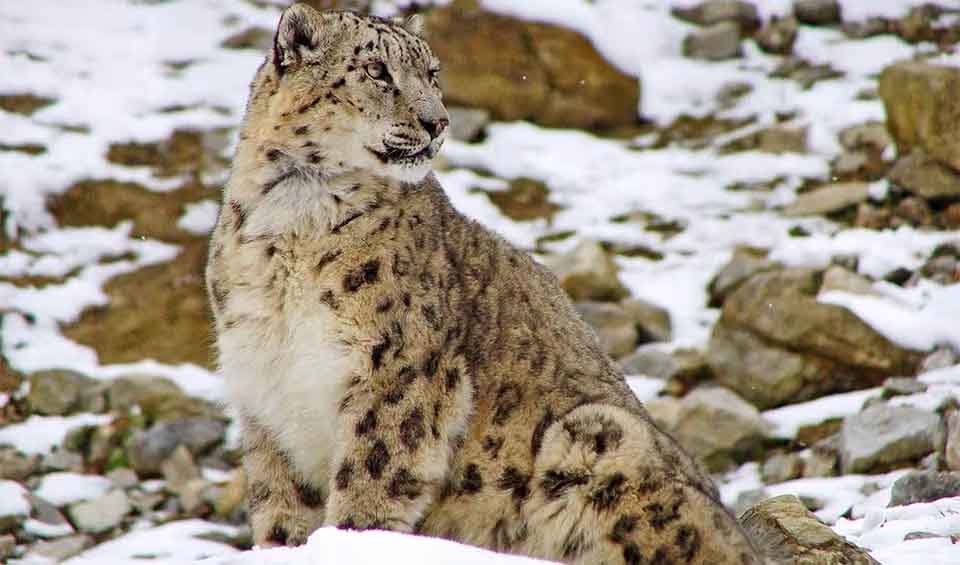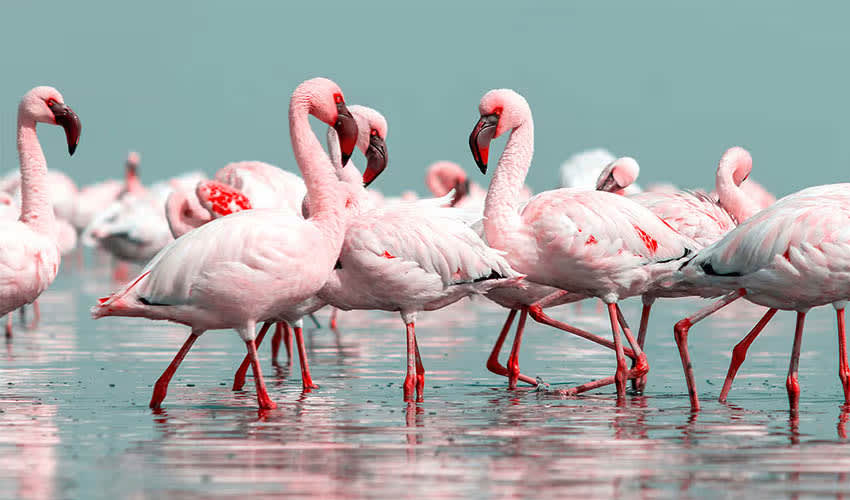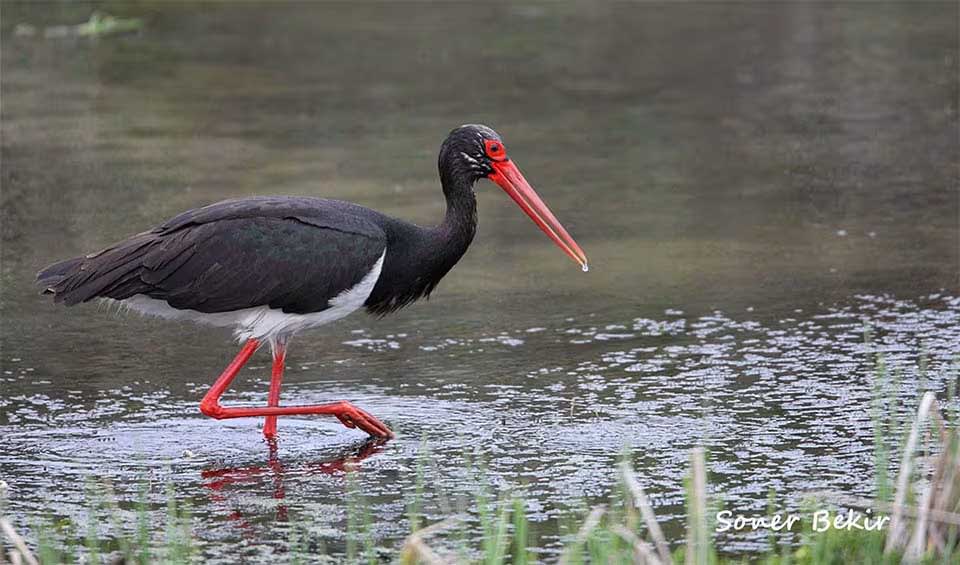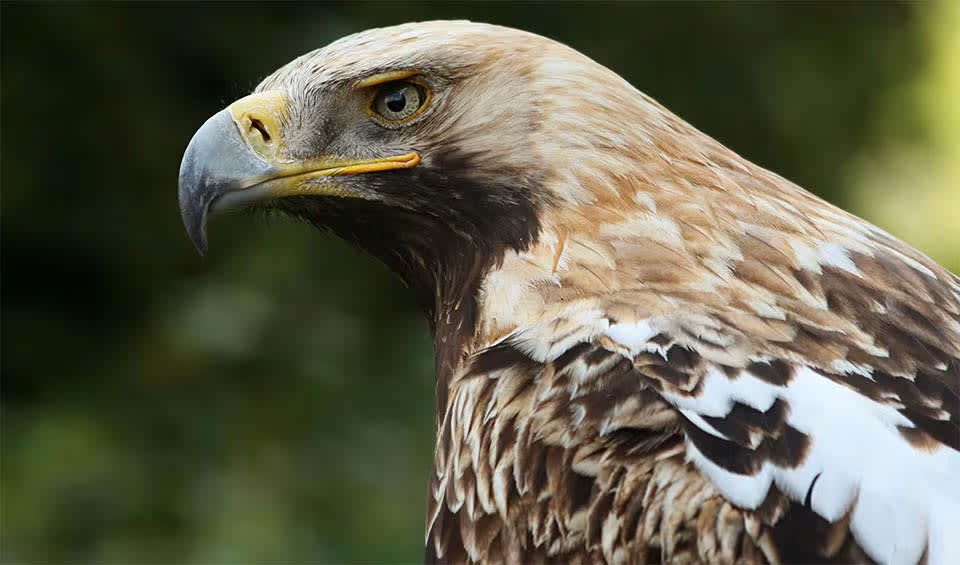Spanning an area nearly as large as Western Europe, Kazakhstan boasts a wide range of ecological systems due to its varied altitude zones. The country features a rich array of natural environments, ecosystems, and species. Its major ecological systems include forests, which cover 2% of the nation, steppes, deserts, and mountains. Other land uses include pastures, fallow lands, and agricultural areas.
Kazakhstan is particularly noted for its mountain ecosystems and diverse species. It has a remarkable rate of mushroom endemism, with over 120 of its more than 5,000 mushroom species being unique to the region. Additionally, Kazakhstan is renowned for its extensive fossil record, including some of the world’s oldest fossils dating back around 420 million years. Over five percent of the country’s land area is designated as protected.
Four pillars elaborated:
Kazakhstan, nestled deep within Eurasia, spans an area of 2.72 million square kilometers. The country showcases a diverse range of landscapes, from deserts and mountains to ecosystems surrounding its inland seas. Over 75% of Kazakhstan is made up of arid and sub-humid lands, which harbor more than 40% of the nation’s species diversity. The foundation of Kazakhstan’s conservation efforts is its system of National Parks and Nature Reserves. Land Management
Land Management
Notable among these are Karkaraly National Park, celebrated for its impressive rock formations and diverse wildlife, and Altyn-Emel National Park, famous for its singing sand dunes and ancient petroglyphs. Kazakhstan’s dedication to environmental preservation is evident in its participation in international treaties such as the Ramsar Convention, aimed at protecting significant wetlands, and its collaborations with organizations like the World Wildlife Fund (WWF) to safeguard species at risk, including the Saiga antelope.
In Kazakhstan, biodiversity faces numerous threats primarily due to various industrial activities. These include the extraction of oil, gas, and coal, as well as mining for uranium and other minerals. Additional pressures come from rock and slag runoff, air pollution, land drainage, waste storage, and the construction of roads, electric power transmission lines, oil and gas pipelines, channels, water reservoirs, and irrigation systems. Threats to Biodiversity
Threats to Biodiversity
These activities lead to biodiversity loss through several mechanisms, such as contaminating water bodies, soils, groundwater, and the atmosphere; altering habitat conditions; the buildup of radionuclides in living organisms; environmental pollution; changes to soil and subsoil conditions; increased toxicity in habitats; water pollution; the introduction and spread of invasive species; and the accumulation of heavy metals, pesticides, herbicides, and defoliants.
The Environmental Code of Kazakhstan, enacted on January 9, 2007, brought significant reforms to the country’s environmental protection system. From 2006 to 2008, Kazakhstan implemented numerous government policies aimed at enhancing environmental sustainability across various sectors, including government, businesses, and NGOs. These initiatives promoted a shift towards sustainable development, slated to continue until 2024. Capacity and Governance
Capacity and Governance
Supporting legislation aligns with the objectives of the Convention on Biological Diversity (CBD) and includes laws and codes related to forestry, water, wildlife conservation, oil, land, minerals, ecological expertise, environmental protection, and protected natural territories, spanning from 1993 to 1997. Key funding priorities encompass sustainable practices in fisheries, hunting, tourism, agriculture, forest management, and energy.
Kazakhstan is dedicated to safeguarding its biodiversity hotspots, regions rich in unique and endangered species, by creating new protected areas and enlarging existing ones. The country is actively preserving the habitats of migratory birds, which are crucial to its ecosystem, through initiatives aimed at protecting wetlands and other key habitats. Additionally, Kazakhstan is advocating for sustainable land management practices to help preserve its biodiversity. These efforts include strategies to prevent deforestation, overgrazing, and other detrimental activities. Future Trends
Future Trends
Biodiversity
The vast steppe regions of Kazakhstan, including the Kazakh Steppe, are one of the country’s most prominent ecosystems. These grasslands are home to numerous plant species, including feather grass and various types of sagebrush. The steppes also support a range of wildlife, such as the saiga antelope, which migrates across these plains, and birds like the steppe eagle and demoiselle crane. The deserts and semi-deserts of Kazakhstan, including the Kyzylkum and Betpak-Dala deserts, are characterized by their unique adaptations to arid conditions. These areas support hardy plant species such as saxaul trees and tamarisks. The wildlife in these regions includes species like the goitered gazelle, desert monitor lizard, and various reptiles and rodents adapted to the harsh environment.Kazakhstan’s mountain regions, particularly the Tien Shan and Altai Mountains, add to the country’s ecological diversity. These mountainous areas are home to forests of spruce, fir, and juniper, as well as alpine meadows that support a variety of endemic plant species. The mountains provide habitats for wildlife, such as the snow leopard, Siberian ibex, and the endangered Tien Shan brown bear. The high-altitude regions also support numerous bird species, including the golden eagle and the lammergeier.
In the table below are the number of known species in several main groups, how many of these species are Threatened with extinction, and how many of them are Endemic (unique to Kazakhstan only):
| Species (World rank) |
Threatened | % Threatened | Endemic | % Endemic | |
|---|---|---|---|---|---|
| Mammals | 175 (#68) | 16 | 9.1% | 4 | 2.3% |
| Birds | 438 (#80) | 26 | 5.9% | ||
| Reptiles | 54 (#119) | 1 | 1.9% | 1 | 1.9% |
| Amphibians | 15 (#121) | 1 | 6.7% | ||
| Fishes | 118 (#178) | 19 | 16.1% | 1 | 0.8% |
| Plants | 5,301 (#62) | 14 | 0.3% | 451 | 8.5% |
mammals
Snow leopard
The vanishing big cat of the cold, rugged Himalaya mountains is being executed by the humans
Saiga antelope
Nature’s masterpiece, with a snout that steals the spotlight
Wild horse
One of the prehistoric horses, it is the true forefather of today’s horses
birds
Greater flamingo
The iconic and elegant bird with a curved pink bill is known for turning heads
Black stork
The stork with the widest geographic range
Eastern imperial eagle
Its imperial imagery and fierce demeanor have made it a symbol of power and nobility throughout history
reptiles
Grass snake
One of the most common reptile of the European wetlands
European pond turtle
At the first sign of danger, it will quickly dive into the water and hide
Desert monitor
Known for their impressive stamina and can travel long distances in search of food and water
amphibians
European fire-bellied toad
Known for its bright red belly, a bold warning to predators, combined with its distinctive “whoop” call
Moor frog
Male undergo a striking transformation during a short breeding window, displaying a vibrant blue color
Marsh frog
Quite noisy creatures which is a common sight in wetland areas
National Animals
Steppe eagle
The treasured bird of Saladin, the first Sultan of Egypt

















